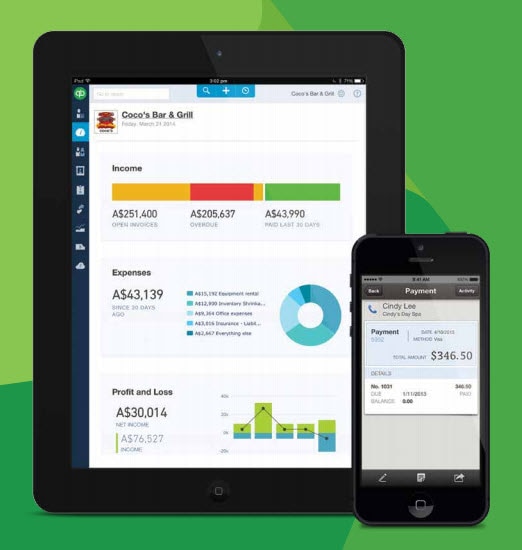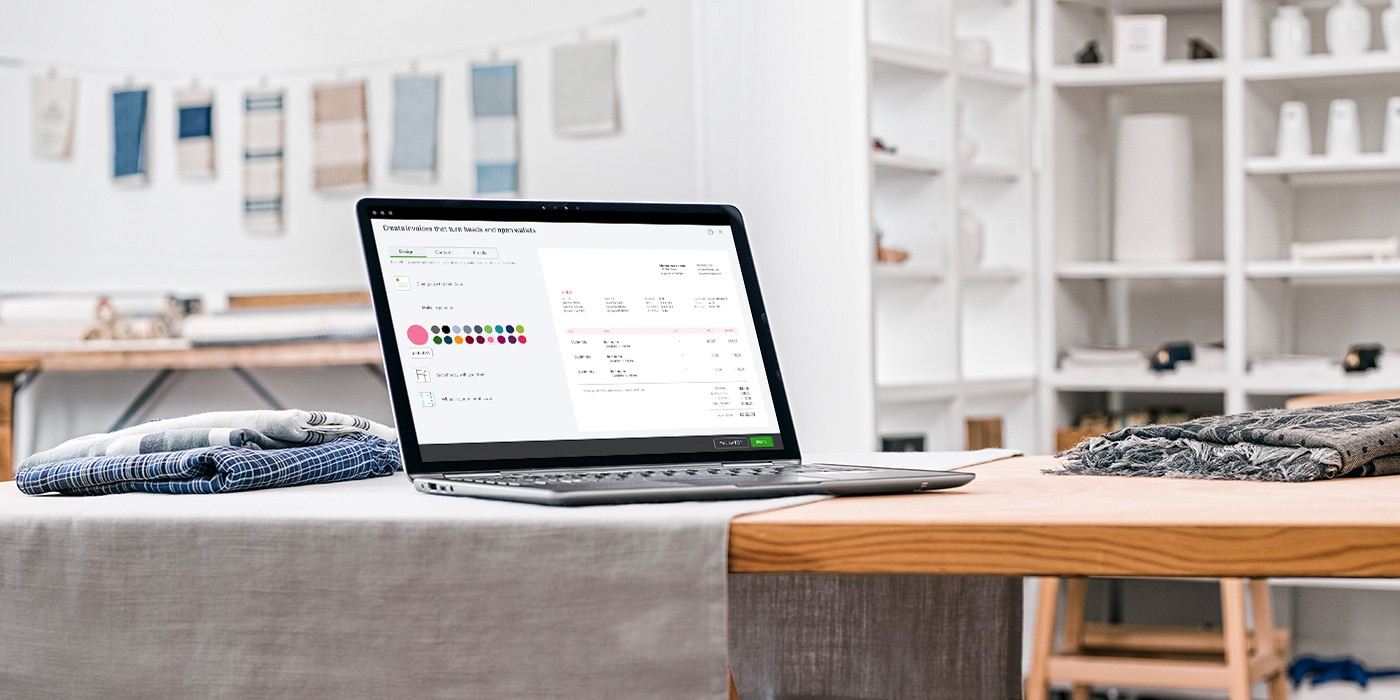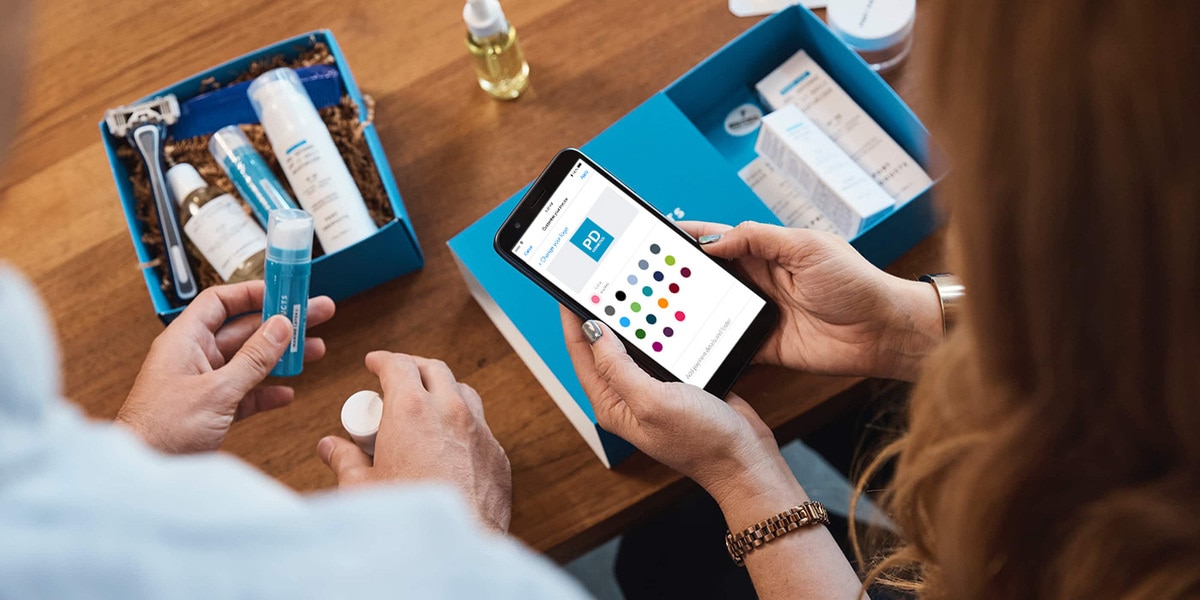Key elements of an invoice
It’s in the best interests of a business to make sure its invoices are standardised. This will reduce the risk of confusion and disputes arising.
Let’s start by taking a look at the key elements that should form the basis of any invoice:
- Invoice number: Every invoice should include a unique invoice number. This helps you track and manage invoices easily in your financial system. Without one, invoices can be overlooked or go unpaid.
- Business and client information: It’s important to include the key business information of both the buying and selling parties. This will include details such as the business addresses, an accounting email through which communications can be conducted, and a company’s unique tax number (if applicable).
- Descriptions of goods and/or services: A business that is required to pay an invoice will expect to see a detailed breakdown of what they are paying for. Most invoices will usually list items on a line-by-line basis to make it easier to determine what is being transacted.
- Prices, taxes and total amount: The initial prices of the ordered items/services should be clearly listed. This will allow a business to cross-reference with their initial purchase order. There should also be a pre-tax amount and a final, grand total line for the entire cost.
- Payment terms and due dates: All invoices should have clearly-listed payment terms. This means the buying party has a clear obligation stated and will have no room to misinterpret the invoice.
How to include taxes on your invoice
Tax on the business transactions of goods and services is a mandatory expectation on most invoices. These expectations will vary depending on your location.
In most cases, you’ll need to make it clearly identifiable that the invoice being received is a tax invoice. If your business is not tax registered, then this is not a requirement. If your business is tax registered, then your unique company tax number should be added to the invoice.
It’s important that the buying party receives this information because, in some instances, they will be able to reclaim the tax amount back.
With QuickBooks, we make this easy with our simple tax calculation feature, which can be used for all regional requirements.







